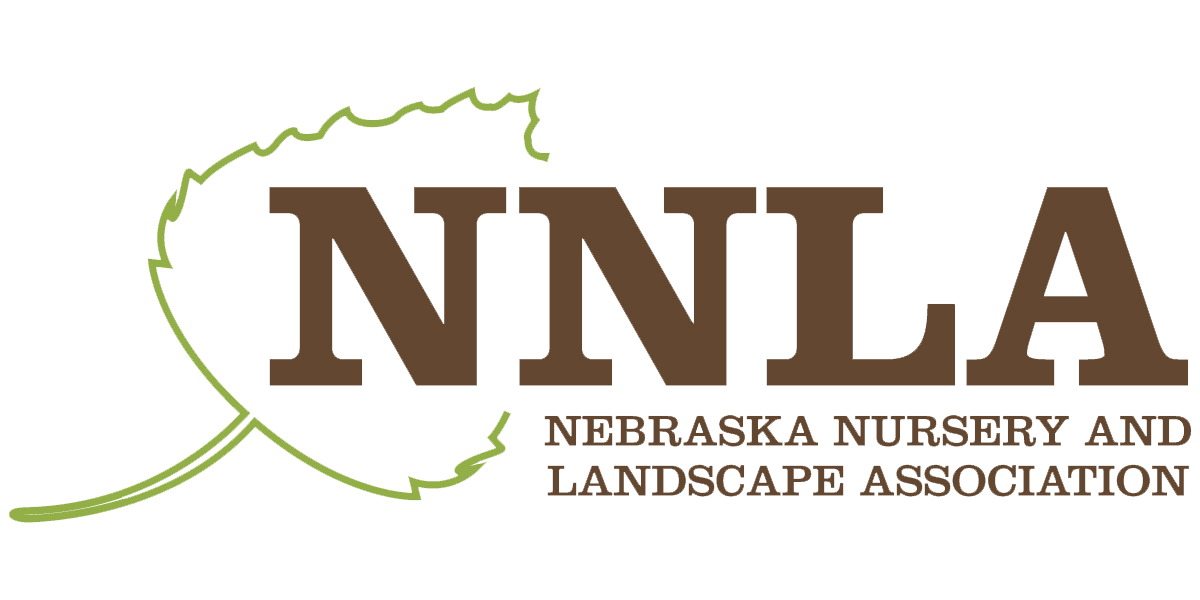Emerald Ash Borer found in Columbus, Nebraska
D-shape exit hole made by an EAB adult.
Nebraska’s 2021 emerald ash borer (EAB) survey is complete, and one new county was found positive. An inspector with the Nebraska Department of Agriculture (NDA) discovered multiple EAB adults in an NDA trap in Columbus, NE (Platte County) in 2021. This is the first detection of EAB in Platte County. EAB, an invasive beetle that attacks and kills ash trees, was first discovered in Nebraska in 2016. Since that time, EAB has been confirmed in Cass, Buffalo, Dodge, Douglas, Hall, Lancaster, Platte, Saunders, Seward and Washington counties.
EAB larval galley.
EAB is a small, metallic-green beetle that is about ½ inch long. The larvae of this wood-boring insect tunnel under the bark of ash trees, disrupting the flow of water and nutrients, ultimately causing the tree to die. EAB-infested ash trees will exhibit thinning or dying branches in the top of the tree, S-shaped larval galleries under bark, D-shaped exit holes and suckers (along the trunk and main branches).
If you are in a non-infested county and think you have located an EAB infestation, please report it to the Nebraska Department of Agriculture at 402-471-2351, the Nebraska Forest Service at 402-472-2944 or your local USDA office at 402-434-2345.
Nebraskans are encouraged to contact a certified arborist to assist with EAB treatment and tree removal. Find local certified arborists through the Nebraska Arborists Association at https://nearborists.org/search-for-an-arborist/.
Additional information on EAB can be found on NDA’s website at: nda.nebraska.gov/plant/entomology/eab/. Nebraska-specific recommendations for homeowners and municipalities can be found on the Nebraska Forest Services’ website at https://nfs.unl.edu/nebraska-eab.
August is National Tree Check Month
USDA has declared August as National Tree Check Month. There are a number of exotic, invasive plant pests that threaten Nebraska’s trees, and the Nebraska Department of Agriculture (NDA) is encouraging the public to monitor their trees for exotic pests like Asian longhorn beetle (ALB) and spotted lanternfly (SLF). ALB and SLF are not known to occur in Nebraska, but could accidentally be introduced to the state on firewood, nursery stock, or even by hitchhiking on a vehicle. Keeping an eye out for these pests, and reporting possible sightings to NDA, is one way to help find these pests early, should they be introduced.
Asian longhorn beetle adult
ALB is an invasive wood-boring beetle that attacks 12 types of hardwood trees including maple, elm and willow. Larvae tunnel inside tree trunks and branches, then chewing their way out as adults. Infested trees do not recover and eventually die. These trees can become safety hazards as branches drop and trees fall over, especially during storms.
Spotted lanternfly is a relatively recent invasive insect to the U.S., first found in Pennsylvania in 2014. It likely came to the U.S. on solid wood packing material or imported stone. It is now found in 10 states including much of the mid-Atlantic region, plus small infestations in Ohio and Indiana.
Spotted lanternfly aggregating on Tree of Heaven
SLF is known to feed on over 70 species of plants. The most significant damage has been reported on grapes and nursery stock, and in landscapes. Smaller plants and grape vines have been killed by SLF, while larger, more established plants show decline, branch die-back, and reduced vigor.
Fall is an excellent time to monitor for SLF, because adults will be congregate on Tree of Heaven. Look for these large gray insects near the base of these trees.
If you think you have found one of these invasive insects, take pictures or collect specimens. Report possible finds to NDA at (402) 471-2351 or agr.plant@nebraska.gov .





